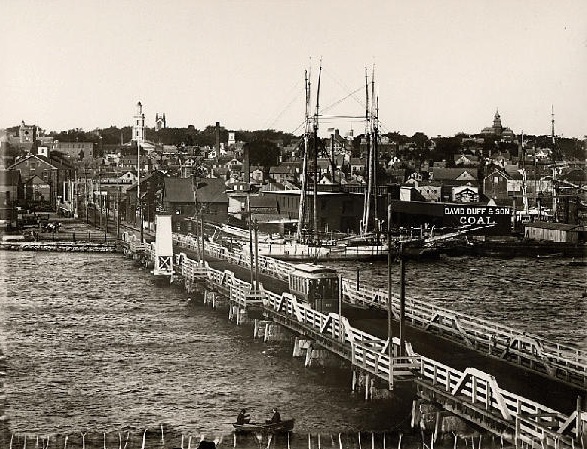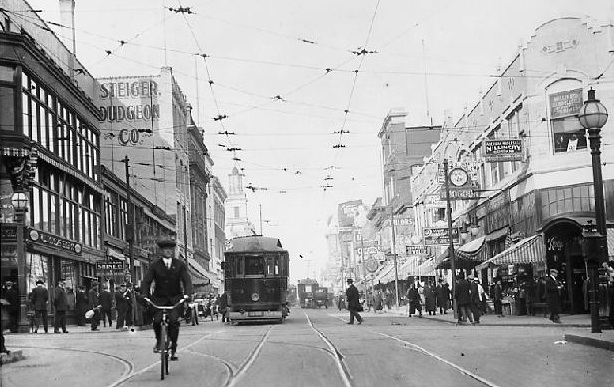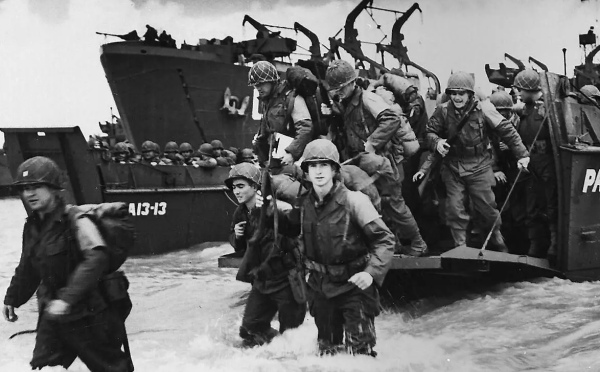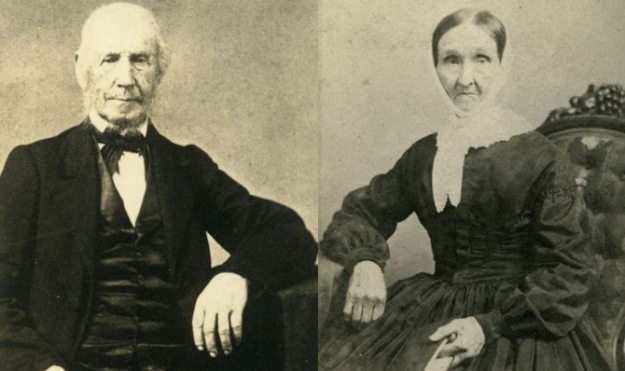The Novel Streetcar
In 1832, North America’s first streetcar lines opened in New York City. Alongside this development of inner-city transit was the progress of the rail. In 1840, eight years after the first streetcars were running in America, the New Bedford-Taunton-Boston railroad was completed as was New Bedford’s first train station, Russel Warren’s Pearl Street Depot. The streetcar was a slight improvement over the omnibus since they took advantage of using the rails that allowed faster travel than unpaved roads would. These streetcars were typically managed by two individuals, a conductor and a driver. The driver, would of course, control the reigns of the horses and the brake handle. The conductor who rode in the rear, would collect fares, alert the driver when everyone was “on board”, and generally help passengers on and off the streetcar.

These technologies all converged into the creation of the streetcar system. The omnibus concept was taken from the unpaved road to the rail system utilized by the streetcar, which had proven to be far more practical and efficient. Streetcars were originally drawn by horses and mules. While this seemed like a “greener” and cleaner method of transportation, horses and mules left a fair share of manure as they navigated their routes. The manure would not only make travel by foot adventurous to say the least, it was simply unhealthy and unhygienic. The odor was surely a powerful one. A typical horse can produce up to 30 lbs of manure per day. The men responsible for the clean up duties were called “dirt-carters”, one of the forgotten occupations of yesteryear. “Dirt” was a euphemism for poop, crap, manure. It was akin to calling a garbage man a “sanitation manager.”
Of Vintage Exhaust
Regardless, where feces and unsanitary conditions mix with the general populace, disease typically follows. What was needed was an alternative way to drive these vehicles. In 1871, San Franciscan Andrew Smith Hallidie patented the first cable car. While much of the nation and world began to phase out the use of animals to draw their streetcars from the 1860s-1890s, New Bedford was one city among others that continued to use them. Part of the reason for this reluctance may have had to do with the sheer logistics of a transition. A ditch would have to be dug between the rails and under each street that was to use a cable car. Within the ditch would be placed a cable that would actually pull it along the street. Within this ditch, a chamber, called a vault, would have to be dug to house the machinery -a steam engine and pulleys- that mechanically pulled this cable. Perhaps, the massive logistics behind the cable car prevented New Bedford from wholly switching over.

 New Bedford Guide Your Guide to New Bedford and South Coast, MA
New Bedford Guide Your Guide to New Bedford and South Coast, MA










One comment
Pingback: Hidden City Festival 2013 — Data Garden’s a/v archaeology at the Frankford Historical Society | theartblog